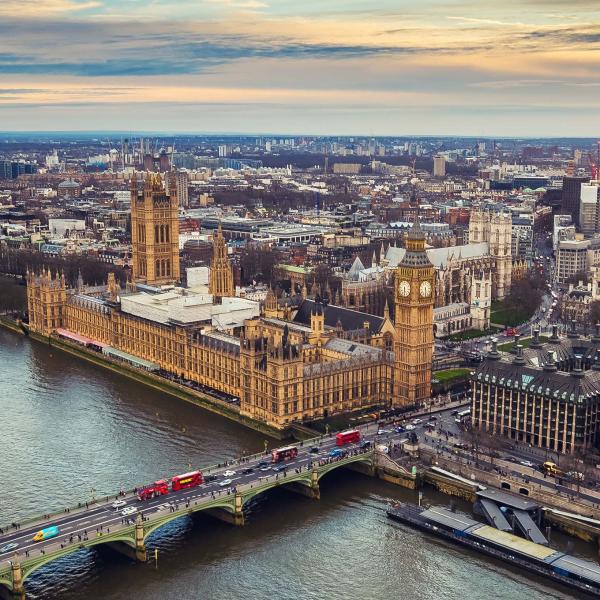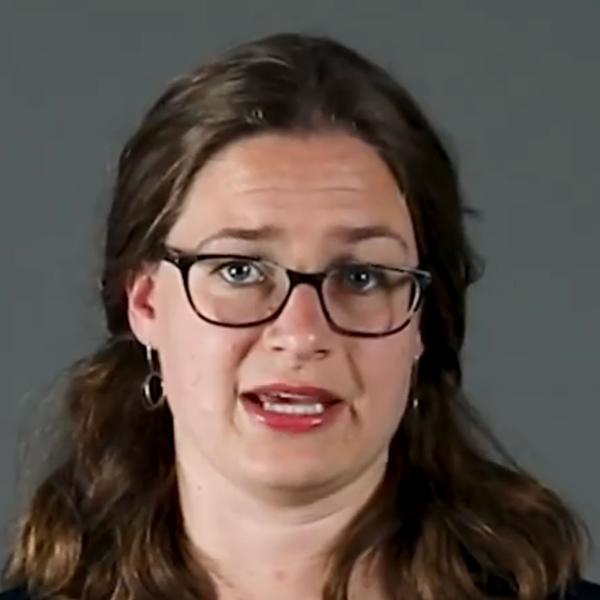School spending covers pupils in state-funded schools aged 5–16, as well as pupils aged 16–19 in school sixth forms. In 2019–20, total spending on schools in England represented about £51 billion (in 2020–21 prices), accounting for 17% of total public service spending in England.
Following large increases over the 2000s, spending per pupil has fallen since 2010–11, the first cuts to school spending per pupil since the mid 1990s. Whilst total spending was largely protected in real terms, a more than 10% increase in the pupil population meant that spending per pupil fell in real terms. The present government has sought to reverse this picture by providing a three-year settlement for school spending, which will provide a £7.1 billion increase in spending in cash terms in 2022–23 compared with spending in 2019–20. Section 3.1 sets these plans in context by showing how spending per pupil in England has evolved over time.
The government has committed to ‘level up’ poorer regions of the country, and schools seem likely to be a major focus of this commitment. Narrowing the achievement gap between children from rich and poor families has long been a priority for policymakers across the political spectrum. To inform these priorities and challenges, Section 3.2 shows how spending per pupil has changed for schools facing different levels of deprivation over the last 20 years, and how changes under the government’s new National Funding Formula are likely to alter these patterns.
Section 3.3 shows how school spending per pupil has changed over the last decade for the four nations of the UK.
The closure of schools during lockdown in the COVID-19 pandemic will create immense challenges for schools. Section 3.4 describes the scale of these challenges, including the likely widening of educational inequalities. It also sets out the catch-up and support activities already announced by the government for schools in England. We analyse the extent to which these plans are targeted at the likely challenges resulting from the COVID-19 pandemic, as well as pre-existing challenges such as the teacher labour market and the state of school buildings.
Key findings
1. School spending per pupil in England fell by 9% in real terms between 2009–10 and 2019–20. This represents the largest cut in over 40 years, but came on the back of a significant increase in spending per pupil of over 60% during the 2000s.
2. Over the 2010s, cuts in spending per pupil were lower in Wales (5%), but similar in Northern Ireland (10%). In contrast, spending per pupil in Scotland rose by 5% in real terms over the 2010s, reflecting extra funding to pay for increases in teacher pay totalling more than 10% over 2018 and 2019. Spending per pupil is highest in Scotland (£7,300), of similar levels in Wales and England (£6,100) and lowest in Northern Ireland (£5,800).
3. The government has allocated an extra £7.1 billion for schools in England through to 2022–23. This will increase spending per pupil by 9% in real terms between 2019–20 and 2022–23 (as measured against expected general inflation) and near enough reverse past cuts. If we account for expected increases in teacher pay, the real-terms increase in spending per pupil will be lower, at 6%. In both cases, school spending per pupil in 2022–23 would be no higher in real terms than in 2009–10.
4. Secondary school spending per pupil in England (£6,000) was about 16% higher than in primary schools (£5,200) in 2019–20. This is down from a secondary/primary funding difference of 30% in 2010–11, partly reflecting large cuts to school sixth-form funding. It also continues a long-run trend, with the funding difference down from over 50% during the 1980s. Whilst empirical evidence shows high benefits to spending at younger ages, it is not clear evidence supports such a dramatic shift.
5. The school funding system in England provides greater levels of spending to more deprived schools to help narrow the achievement gap between rich and poor. During the 2000s, the funding advantage enjoyed by the most deprived schools grew from 20–25% in 2000–01 to 35% by 2010–11.
6. Despite the introduction of the Pupil Premium in 2011, the deprivation funding premium shrank back to 25% in 2018–19. This can be partly explained by faster falls in deprivation inside London and a school funding system that did not adjust to such changes. In the long run, the new National Funding Formula should ensure the funding system is more responsive. However, the new formula will deliver funding increases of 3–4 percentage points less to schools in poorer areas up to 2021. We also see faster falls in spending per pupil of 13% for deprived secondary schools outside London since 2010–11. These patterns run counter to the objective of using school funding to ‘level up’ poorer regions.
7. Given lost schooling and a likely widening of educational inequalities during lockdown, the government has announced a range of measures to help schools. These include a one-off extra £80 per pupil aged 5–16 and a national tutoring programme. Whilst the focus on tutoring is well aligned with empirical evidence, the plans are modest compared with the likely reductions in skills. Only the National Tutoring Programme is targeted at more disadvantaged pupils, making it harder to address the inequalities that have widened during lockdown.
8. Faster falls in spending per pupil over the last decade, slower increases under the National Funding Formula, a likely widening of educational inequalities and higher costs associated with higher teacher starting salaries, given that deprived schools are more likely to employ new teachers, all provide a case for greater targeting of funding to more deprived schools.









